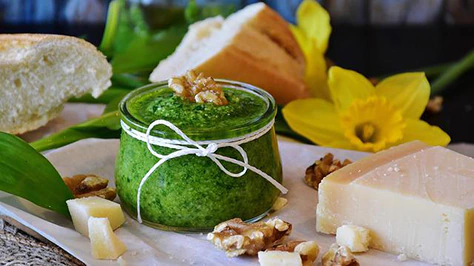| Additive Summary | Sulfur Dioxide (E220) |
|---|---|
| Essence | Sulfur Dioxide or E220 is a natural preservative (a colorless gas) used for the preservation of food since ancient Egypt and the Roman Empire. It helps to battle bacterial, fungal, and enzymatic spoilage of products. |
| Names | Sulphur Dioxide, Sulfurous Anhydride, E220, Sulfur Dioxide, and others. |
| Sourcing | Commercially, simply Sulfur is used as its sourcing ingredient. |
| Manufacturing | There are a couple of different ways how to create the additive. The most straightforward option is by burning Sulfur while being in air or oxygen. Another option is by applying strong acids to sulfites or bisulfites. Another one would be by the use of Copper to reduce Sulfuric Acid. And there are other options as well. |
| Application | Preservative (natural, water-soluble) and antioxidant. |
| Acceptable Daily Intake | 0.7 milligrams for every kilogram of body weight is estimated to be the recommended margin. But it is also said that, in reality, most all people consume way more than that. |
| Side Effects | It can cause headaches, vomiting, and diarrhea. It can induce asthma and be violently detrimental to people that already have it. It reduces the natural vitamin C contents of products it is added to and can mess with the availability of others. It can be viewed as a pollutant because when in gas form, it is poisonous (raw Sulfur Dioxide when inhaled is considered very toxic and even fatal). Some animal studies have shown that it can cause DNA damage and cancer. |
| Benefits | In theory, some benefits can stem from the fact that the compound is considered to have some antioxidant capacity but that is unlikely. |
| Studies | 1,245+ studies on Pubmed. 30+ studies on safety. |
| Allergens | None. |
| Diet Restrictions | None. |
| Health Knight Assessment | Potentially Harmful. | Category 3 Additive. |
| Products | It is extremely common with various processed foods. These include dried fruit and vegetables, soft drinks, wine, pickled foods, frozen shrimps, hamburgers, sausages, fruit juices, beers, ciders, vegetable juices, chocolates, biscuits, fruit and nut mixes, cakes, pestos, tomato sauces, coconut-based milks, fruit and oat bars, mueslis, sauces, cookies, tuna products, desserts, soups, yogurts, protein bars, chocolate bars, hummus, gelatine powders, truffles, dressings, wafers, marinates, and others. Here it has to be noted that regulations exist that the manufacturer does not have to write it on the label if the Sulfur Dioxide concentrations do not reach a certain level. So, many might be consuming it without realizing it. |



